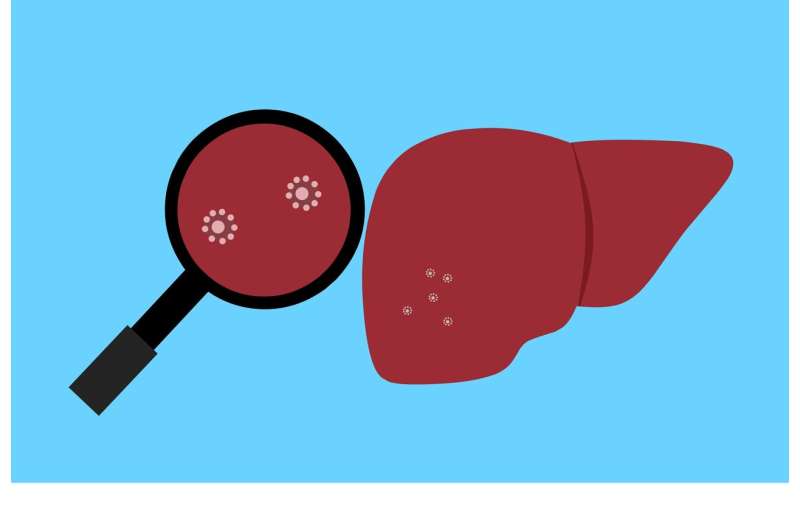Urgent Call for Studies on Fungal Toxins Linked to Rising Liver Cancer Rates in Ghana

Ghana faces rising liver cancer rates, potentially linked to exposure to aflatoxins in contaminated staple foods. Experts call for urgent research to understand the impact of fungal toxins on public health and improve prevention strategies.
Recent discussions among researchers highlight the critical need to investigate the role of fungal toxins, specifically aflatoxins, in the escalating incidence of liver cancer in Ghana. Aflatoxins are toxic compounds produced mainly by Aspergillus flavus and Aspergillus parasiticus fungi, which thrive under warm, humid conditions and can contaminate staple crops such as maize and groundnuts. These foods are widely consumed across Ghana, Africa, and parts of Asia, raising concerns about their impact on public health.
Ghana exhibits one of the highest liver cancer rates in Africa, with approximately 16 cases per 100,000 people. The situation underscores the importance of understanding whether exposure to aflatoxins significantly contributes to these high rates, especially given the high prevalence of hepatitis B and C infections, which are known risk factors for liver cancer.
Despite the classification of aflatoxins as Group 1 carcinogens by the International Agency for Research on Cancer (IARC), direct evidence linking them to Ghana’s liver cancer burden remains limited. Current government efforts focus on improving agricultural practices, storage methods, pest control, and public awareness to reduce contamination. However, a lack of comprehensive epidemiological studies hampers a full understanding of exposure levels and their health effects.
Researchers emphasize the need for enhanced surveillance and more region-specific studies involving diverse populations across Ghana. Better data could inform effective interventions and policies to lower exposure risks. Accurate assessment of socioeconomic and cultural factors influencing food safety practices at community levels is crucial.
The authors stress that filling these research gaps is essential not only for Ghana but for other countries in Africa and Asia with similar dietary habits and risk profiles. Global efforts to combat liver cancer can benefit from targeted strategies aimed at reducing aflatoxin exposure. Given the disease’s significant mortality rate—over 700,000 deaths in 2022 alone—and projected increases in cases and deaths, understanding and addressing these environmental risk factors is urgently needed.
By prioritizing research into aflatoxin exposure and implementing effective control measures, Ghana can protect its population and contribute to global efforts to reduce the burden of liver cancer.
Stay Updated with Mia's Feed
Get the latest health & wellness insights delivered straight to your inbox.
Related Articles
Adult Brain Continues Neurogenesis in the Hippocampus: New Research Findings
New research demonstrates that the human hippocampus continues to produce new neurons throughout adulthood, revealing exciting possibilities for brain health and regenerative therapies.
Nearly Doubling of Survival Rates in Myeloma Patients Since 2005
New research shows that survival rates for myeloma patients in the UK have nearly doubled since 2005, driven by new treatments and clinical trial participation, offering hope for improved outcomes in blood cancer care.
Neurosteroids Show Promise as Innovative Treatment for Resistant Depression
Neurosteroids are emerging as promising multi-target treatments for resistant depression, offering new hope for patients unresponsive to traditional antidepressants. Recent research highlights their role in enhancing neuroplasticity and normalizing neural pathways.
Innovative Gene Therapy Reduces Cardiac Arrhythmias Post-Heart Attack
Gene therapy targeting scar tissue post-heart attack shows potential in reducing dangerous cardiac arrhythmias by improving electrical conduction with connexin 43 expression.



